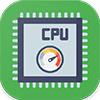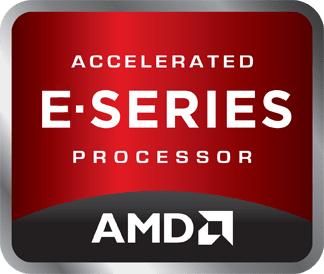 Geekbench 3, 64bit (Multi-Core)
Geekbench 3, 64bit (Multi-Core)
|
|
AMD E2-6110
4C 4T @ 1.5 GHz
|
2658
|
|
|
AMD E1-1200
2C 2T @ 1.4 GHz
|
739
|
 Estimated results for PassMark CPU Mark
Estimated results for PassMark CPU Mark
|
|
AMD E2-6110
4C 4T @ 1.5 GHz
|
1888
|
|
|
AMD E1-1200
2C 2T @ 1.4 GHz
|
708
|
 Geekbench 3, 64bit (Single-Core)
Geekbench 3, 64bit (Single-Core)
|
|
AMD E2-6110
4C 4T @ 1.5 GHz
|
873
|
|
|
AMD E1-1200
2C 2T @ 1.4 GHz
|
523
|
 Geekbench 5, 64bit (Multi-Core)
Geekbench 5, 64bit (Multi-Core)
|
|
AMD E2-6110
4C 4T @ 1.5 GHz
|
505
|
|
|
AMD E1-1200
2C 2T @ 1.4 GHz
|
227
|
 Geekbench 5, 64bit (Single-Core)
Geekbench 5, 64bit (Single-Core)
|
|
AMD E2-6110
4C 4T @ 1.5 GHz
|
167
|
|
|
AMD E1-1200
2C 2T @ 1.4 GHz
|
124
|
 iGPU - FP32 Performance (Single-precision GFLOPS)
iGPU - FP32 Performance (Single-precision GFLOPS)
|
|
AMD E2-6110
4C 4T @ 1.5 GHz
|
128
|
|
|
AMD E1-1200
2C 2T @ 1.4 GHz
|
85
|
